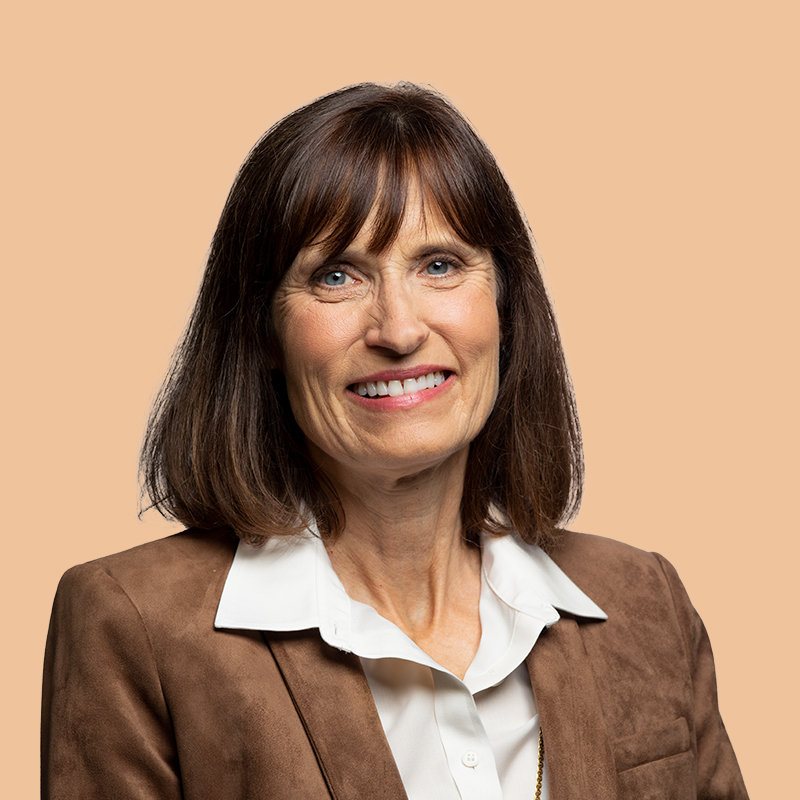Nurx offers prescription treatment for acne as little as $0 with insurance or $15 per month without insurance.

Medically reviewed by Dr. Nancy Shannon, MD, PhD on June 9, 2021
A pimple is just a pimple, right? Not so fast. Though most instances of acne begin with the clogging of pores, there are several different types of acne that can develop thereafter — knowing what they are and being able to distinguish between them is crucial for finding the right treatments. Here’s what you need to know:
- Comedones
Comedones are the small bumps and marks that can form after a pore gets clogged. Open comedones develop after the pore dilates despite being clogged, and these small dark spots are commonly known as blackheads. Closed comedones, usually called whiteheads, form after the pore contracts and seals once it gets clogged. Comedones are considered noninflammatory types of acne, meaning that little skin irritation is visible as a result of their development (technically all acne is inflammatory but the inflammation is microscopic at this stage).
- Papules
Bacteria and oils that are trapped within the pore break through the pore’s walls and irritate the surrounding skin, leading to inflamed, red bumps. Both pustules (see below) and papules should be left alone, as trying to pop them can just lead to further irritation, deeper infection, and/or scarring.
- Pustules
After a pore becomes clogged, the bacteria trapped within can start to multiply rapidly, breaking down the walls surrounding the pore and forming a pus-filled bump on the surface of the skin known as a pustules. Pustules are what most people picture when they think of acne, pimples, or zits, and they are one of the most common types of inflammatory acne.
- Cystics
Most pores become clogged very close to the skin’s surface, as that’s where pore-clogging materials like dirt or dead skin cells tend to collect. Occasionally oils or dead skin cells will pool up very deeply within a pore, creating a clog well below the surface of the skin. This phenomenon is known as cystic acne, and it can produce very large and painful red or white bumps on the skin. Because of its severity, cystic acne can take a long time to heal and commonly leaves scars.
- Nodules
Similar to cysts, nodules develop deeper in the skin surface. They tend to be hard, painful, and long-lasting, and often require prescription treatments in order to clear up.
- Acne Conglobata
Acne Conglobata is a severe acne condition that can occur as a result of untreated nodulocystic acne. If nodules and cysts are allowed to form and develop unabated, the resulting inflammation on the surface of the skin can become widespread and significant, resulting in acne conglobata. Though acne conglobata is relatively rare, it shows the danger of ignoring the early signs of severe acne — the most common treatment for acne conglobata is 5 to 7 months of isotretinoin (also known as Accutane), a powerful retinoid.
- Fungal Acne
This is technically not acne at all. Though it closely resembles pustules, what people think of as fungal acne is actually pityrosporum folliculitis, inflammation of hair follicles caused by an overabundance of yeast in and around them. Though yeast is almost always present on the skin, certain conditions like humid environments or diet changes can cause the yeast populations to grow exponentially, causing fungal “acne” to develop. Most common acne treatments will be ineffective against this, and over-the-counter or prescription antifungal medications may be required.
- Acne Mechanica
If you’ve ever developed mild acne outbreaks following a workout or have dealt with maskne, you’ve likely had a run-in with acne mechanica. Acne mechanica is the result of excessive friction on the skin, usually caused by tight-fighting clothing. The best solution for avoiding acne mechanica is to wear breathable, loose garments when you’re going to exercise or perform a physically demanding activity. Acne mechanica on the butt or the back of the thighs can also form as a result of overly sedentary behavior, such as sitting in one place for too long — any prolonged contact between the skin and a surface can produce acne mechanica if you’re not careful.
Once you’ve determined the type of acne you have, it’s time to figure out what the right treatments are. Get in contact with a member of our medical team today to learn more about what options are available to you.